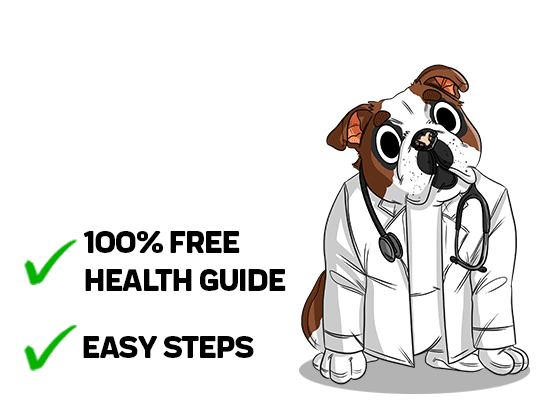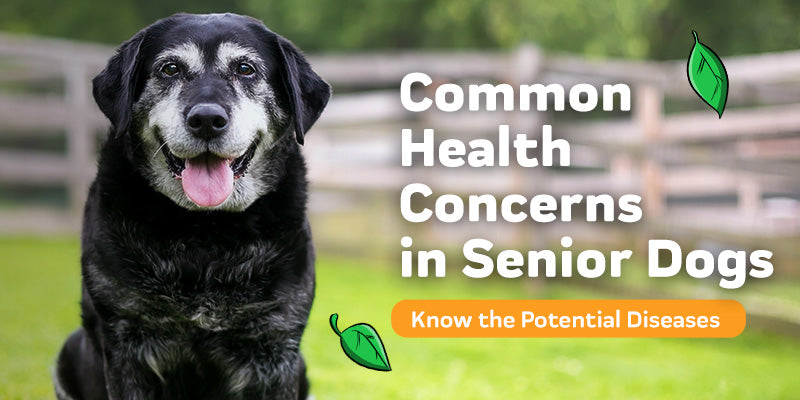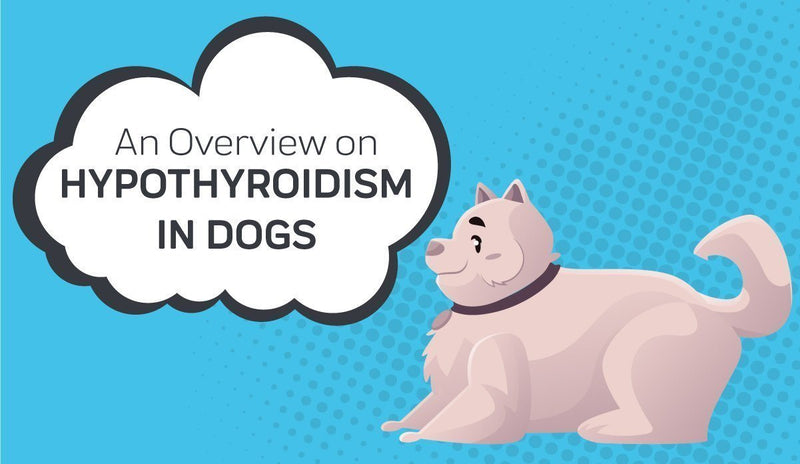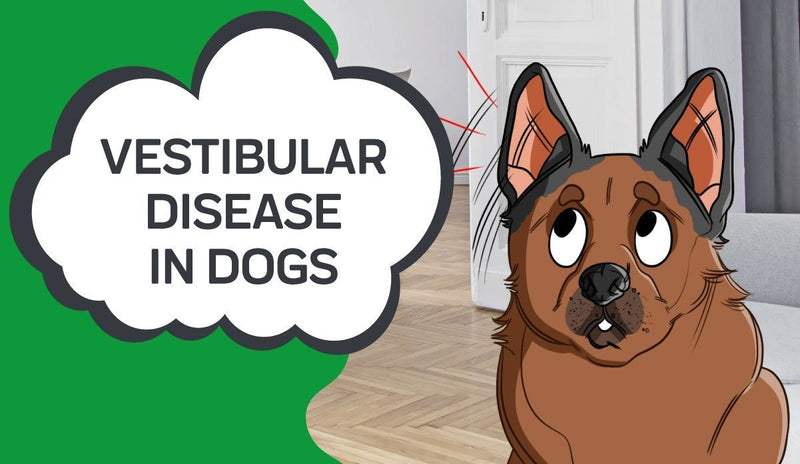- What Are the Symptoms of Parvo in Dogs?
- How Is Parvo in Dogs Diagnosed?
- How to Treat Parvo
- How to Prevent Canine Parvovirus(CPV)
- Conclusion
Canine parvovirus (CPV) is a highly contagious disease that affects various dog populations. Puppies most often contract parvovirus by coming in contact with fecal waste from an infected dog.
Parvovirus can spread in any age group, but unvaccinated young puppies are among the most at-risk groups. Shelter puppies also have a higher chance of contracting parvovirus due to their proximity to other dogs.
CPV attacks a dog’s gastrointestinal tract, which leads to a wide range of gastrointestinal issues, such as severe vomiting, diarrhea, and unwillingness to eat. Canine parvovirus is tricky to eradicate and can live outside of a host for long periods, making it particularly dangerous.
For those that want to protect their dogs from parvovirus by learning how to prevent and treat it, we’ve compiled everything you need to know.
What Are the Symptoms of Parvo in Dogs?
Main thing to know about parvo is the symptoms. Dog owners need to learn the symptoms of CPV. Once clinical signs of a parvovirus infection manifest, the next step is speedy testing and immediate treatment.
The most common symptoms of parvovirus in infected dogs include:

- Loss of appetite
- Lethargy
- A significant change in body temperature
- Severe diarrhea and vomiting, often leading to dehydration
- Pain and bloating in the abdominal area
Pet Owners who have noticed any of these changes in their puppies should immediately contact their vet and inform them of these symptoms. Fast and effective treatment will increase a dog’s chances of a full recovery.
How Is Parvo in Dogs Diagnosed?
Parvovirus infection is most easily identifiable by the clinical signs. From there, a veterinarian can confirm the diagnosis through testing.
The three primary tests used in diagnosing parvovirus are:
- PCR
- ELISA
- CBC
PCR (Polymerase Chain Reaction) is effective when clinical signs of parvo are present. However, a vet cannot conduct this type of test in a shelter environment.
ELISA is an antigen test that is easy and quick to perform. It usually takes 10 to 15 minutes. This test involves a fecal swab and is prevalent in shelter environments.
Lastly, there is the CBC (Complete Blood Count). The vet can send this test to a lab or perform it in-house, depending on available resources. A CBC test determines if a dog has a low white blood cell count. It may also require a bone marrow biopsy. When used alone, CBC tests do not offer a definitive diagnosis. Instead, it supports other tests. CBCs also give professionals more insight into the infected dog’s health.
How to Treat Parvo
With most CPV cases, an infected puppy or dog can make a full recovery if they have access to prompt treatment. There is no antiviral treatment currently available for this disease in dogs. Instead, the treatment process for this disease focuses on correcting symptoms and supporting the dog’s natural recovery.
There are a few different ways to support an infected dog through its recovery. Treatment may include:

- Rehydration -Dehydration is one of the most severe side effects of parvovirus. Infected puppies should receive adequate fluids to replace fluids lost which will also strengthen their immune system.
- Deworming- This medication can help in severe cases by flushing the system.
- Targeted antibiotic treatments- Puppies that get parvo may have weakened immune systems. If there are bacterial infections, they should receive antibiotics.
- Adequate nutrition -Vomiting and diarrhea may cause a CPV infected dog to lose weight. The animal should receive nutritional support to get back to a healthy weight.
- Anti-nausea and anti-diarrhea medications -The virus causes severe vomiting and diarrhea and vomiting in dogs. The vet may recommend medications to help mitigate these symptoms.
- Pain management - Controlling a sick dog’s pain will also help them recover. Traditional painkillers are common. Many owners are exploring the benefits of CBD as well.
Early intervention is critical to a successful recovery. Once a puppy starts to display symptoms, it should receive testing to confirm a diagnosis. A diagnosis can lead to a plan to start treatment immediately and aggressively. In severe cases, hospitalization may be necessary.
How to Prevent Canine Parvovirus(CPV)
One thing to know about parvo is that the disease takes a lot of owners by surprise. Fortunately, there are a few things you can do to protect your puppy from a CPV infection.
Hygiene
To reduce your dog’s exposure to canine parvovirus, keep your dog and your home clean. Because the virus spreads through fecal matter, make an effort to keep your pet away from fecal waste. Do this while playing outside or going for walks with your dog.
Always clean up after your dog and dispose of its waste promptly. Bathe your dog regularly, especially if it spends a lot of time outdoors.
It’s also crucial to note that CPV can live independently for some time both indoors and outdoors. Owners should take care to thoroughly disinfect any spaces where they suspect contact with an infected material to be present.
Parvovirus Vaccination
The canine parvovirus vaccine plays another significant role in preventing this disease. Unvaccinated dogs are rare, as most receive the parvovirus vaccine between 14 and 16 weeks of age. Young puppies are much more susceptible to the disease than adult dogs.
Nursing puppies gain temporary immunity from their mother’s milk. However, if they get exposed to parvo in the gap between this immunity and their own, they may fall ill. Sometimes, the mother’s given immunity interferes with the effectiveness of a vaccine if not administered strategically.
If you have a new puppy, diligence in parvovirus vaccination is a must. To defend against potential gaps in the early stages, most young puppies require a series of vaccinations for parvovirus.
Pet Owners should also keep vaccination on their radar for their adult dogs, ensuring all vaccinations are up-to-date.
Distance from Sick Dogs
Besides keeping a dog’s environment clean and getting them vaccinated, dog owners should understand the risk posed by infected dogs. Even dog parks can be a risk as your dog may come into contact with unvaccinated dogs.
The disease is highly contagious. If you have not vaccinated your dog against parvovirus, be cautious when bringing your dog around large groups of other dogs that are close in proximity.
Conclusion
Parvo can be a frightening threat to your puppy or dog’s health, but there are ways to protect against it. Practice hygiene, get all the vaccinations and keep away from infected animals. It’s the best way to protect your dog from any virus. If your dog does become infected, contact your veterinarian immediately! Best practice is to have your puppy fully vaccinated early on in life to prevent them to ever become infected from this life threatening virus as the survival rate is much greater when all precautions are taken.
Sources:
Canine ParvovirusInhibitory Effects of Antiviral Drug Candidates on Canine Parvovirus in F81 cells

LEARN MORE











 CBD Oil for Dogs
CBD Oil for Dogs Advanced Mobility Support Chews for Dogs
Advanced Mobility Support Chews for Dogs All Natural Oatmeal & Honey Shampoo + Conditioner for Dogs
All Natural Oatmeal & Honey Shampoo + Conditioner for Dogs CBD Dog Treats
CBD Dog Treats




